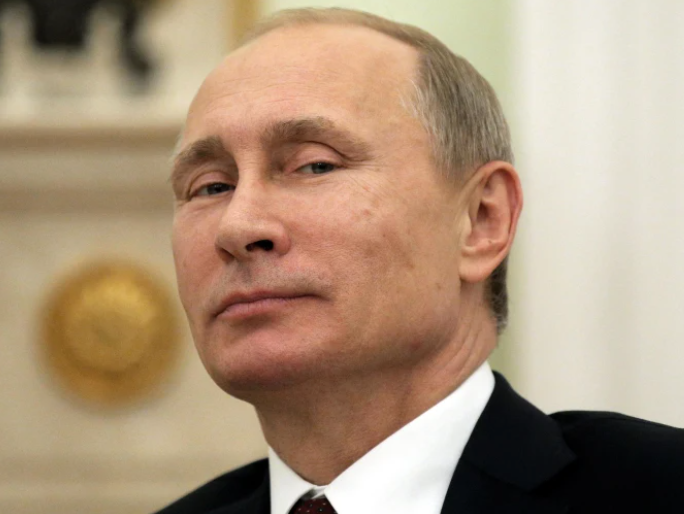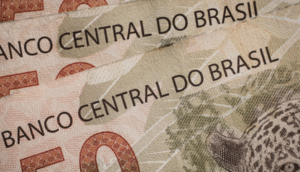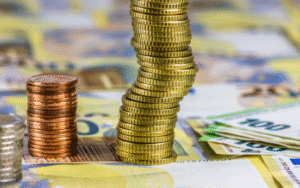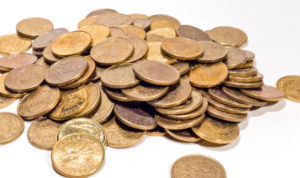$RDSA $BP $EGAS
#Egypt #GasMarket #EuropeEnergy #NaturalGas #Russia #EnergyCrisis #MiddleEast #NorthAfrica #GasField #EnergyInvestment #UkraineWar #EnergySecurity
Egypt has once again positioned itself as a critical energy partner for Europe, especially after the continent began looking for alternatives to Russian gas following the February 2022 invasion of Ukraine. The North African country already plays a vital role in the regional energy scene, but its importance has amplified due to the disruption in global supply chains caused by sanctions against Russia and the ensuing energy crisis. With Europe scrambling for new natural gas sources, Egypt’s robust reserves and strategic location make it a crucial intermediary. The opening of the major Satis gas field, located in the North El-Burg site in the northern Mediterranean, for international bidding could help stabilize European markets if production increases to meet growing demands. The involvement of multinational players such as $RDSA (Royal Dutch Shell) and $BP ensures a competitive environment for exploration and production that could benefit both Egypt and global energy markets.
However, the announcement might come with particular conditions that reflect Egypt’s precarious financial position. The country has experienced an unstable economy, a surging budget deficit, and difficulties managing its external debt obligations in recent years. In this context, a key stipulation in the bidding process is cleaving overdue payments to increased production from this gas field. This means that international energy companies may be expected to cover certain arrears and contribute more extensively to infrastructure or other support payments in correlation with their exploration and production rights. This strategy could provide Egypt with financial relief and boost its foreign exchange reserves, which have been under pressure since the COVID-19 pandemic and the global inflationary wave. For firms like Shell and BP, this represents both an opportunity and an additional layer of risk, requiring careful financial structuring and assessment of energy-market profitability.
The broader macroeconomic impacts in Europe are likely to be felt most in the natural gas futures markets, with this announcement potentially soothing some of the volatility spurred by fear over persistent supply cutoffs and tight inventories. Gas prices spiked shortly after the Russian invasion, and despite efforts to diversify supply chains, the European Union has yet to eliminate dependence on external imports. The introduction of gas from new Mediterranean fields, including the Satis field, could help ease natural gas futures in Europe, which have remained at elevated levels as winter approaches. Volumes from Egypt’s expanded output could further stabilize prices and possibly lead to a more favorable balance in Europe’s energy security strategy. Speculation around market players like $BP and $RDSA has seen an uptick as they maneuver to take advantage of these new opportunities.
For Egypt, this move consolidates its position as a leading exporter of natural gas in the MENA region, highlighting its strategic advantage and potential clout in negotiating future energy deals. Moreover, by linking exploration projects to overdue debt obligations and arrears payments, Egypt hopes to create a sustainable financial path while bolstering its gas production, which could lift the Egyptian economy. The success or failure of this joint strategy will hinge on several factors, including international energy demand, European economic conditions, and geopolitical shifts in the energy sector. Investors and stakeholders will be closely analyzing the bidding process, market dynamics, and Egypt’s ability to see through large-scale infrastructure projects that can both increase production and pay down debt, as well as fuel economic growth in the medium to long term.











Comments are closed.